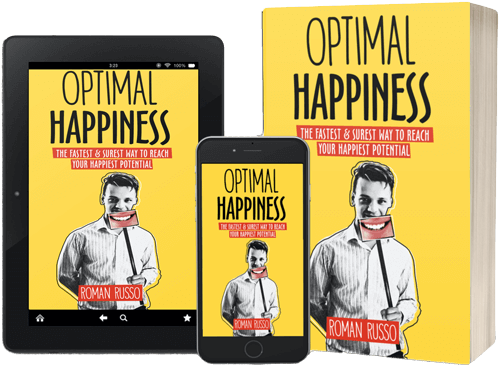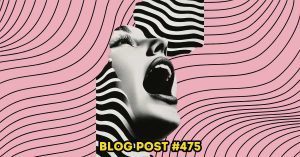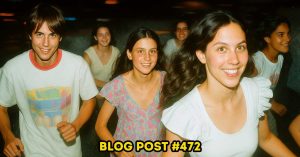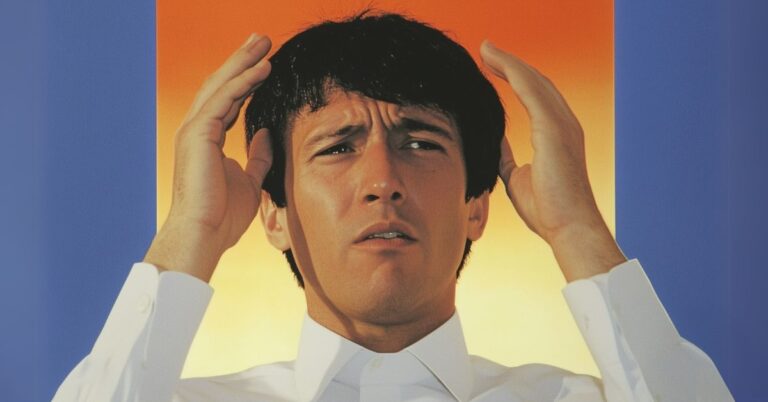After many years of studying and coaching happiness, I have come to realize that there is a certain underlying pattern that distinguishes happy from unhappy people. This pattern can be summarized by two types of actions that impact our sense of happiness. The first type I’ll call the “positive” or “right” actions, which contribute to the cultivation of virtuous cycles of happiness. On the other hand, we have “negative” or “wrong” actions that cultivate vicious cycles of unhappiness.
So the next question is, what exactly are these “right” and “wrong” actions?
To differentiate between positive and negative, and right and wrong actions, I have found that the best approach is to consider which actions contribute the most towards our long-term happiness. Short-term happiness alone is not enough, as it can be misleading. For example, cocaine may provide immense short-term pleasure, but in the long run, it kills the person consuming it. Similarly, in order to be healthy (and therefore happy), we need to lead a physically active lifestyle and eat healthy. However, this often does not provide the same short-term pleasure as doing nothing and eating whatever we want (especially unhealthy food) often feels more enjoyable.
Furthermore, I believe that deep down, we already know what the “right” and “wrong” decisions are, especially if we are honest with ourselves. If we ask ourselves, “what am I really supposed to be doing right now?”, we often know an answer or can make an educated guess. Similarly, we can ask: “Is what I’m doing right now really what I’m supposed to be doing?” For example, should I be smoking, eating junk food, or watching another episode of Friends? While there are occasions where the answer is “yes,” often the answers states that there is something more important that we could be doing instead.
Additionally, every positive and negative decision contributes to our emotional muscle memory. This means that the next time we encounter a similar “right” or “wrong” situation, we are inclined to act accordingly, not to mention that every positive action makes us want to do more positive actions, and the other way around.
The key is to be aware when we engage in negative actions, stop doing them, and replace them with positive actions. By doing this, we disrupt the vicious cycle that leads to unhappiness and instead foster a virtuous cycle of happiness.
This brings us to a simple rule of decision making: always choose to do the “right” thing and avoid the “wrong” ones.
Lastly, I want to emphasize a quote that I really like that states that “it’s never too late to turn back, even if we have been walking in the wrong direction for some time.” This means that even if we have been making “wrong” choices for a while, it is always better to stop going in the wrong direction and start doing what is “right”, regardless of the time, difficulty, or otherwise consequences, as when it comes to our happiness the price for doing the “right” thing will be always worth it.















3 thoughts on “Cultivating Virtuous & Vicious Cycles of Happiness”
Pingback: If You Are So Happy, Why Are You So Depressed?
Pingback: 5 Happiness Chemicals: Blend of Biological Well-Being
Pingback: How We Punish Others For Our Own Unhappiness - Optimal Happiness